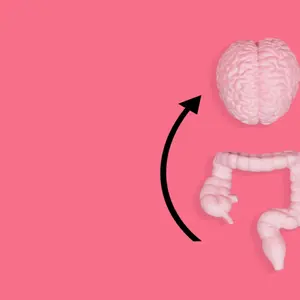

Mental and Behavioral Well-Being

Mental and Behavioral Well-Being
Somatic Experiencing For PTSD
Somatic experiencing (SE) is a body-based therapy developed by Dr. Peter Levine to treat trauma and chronic stress. Unlike talk therapy, which focuses on memories, thoughts and emotions, SE helps people tune into their internal physical sensations. Patients focus their awareness on tension, heartbeat, or gut feelings, which is intended to help release stress that may be “stuck” in the body after a traumatic event.
The idea behind SE is that trauma causes the body’s natural stress response to get stuck in overdrive. When this happens, it leads to ongoing negative symptoms such as anxiety, hypervigilance and emotional numbness. SE practitioners invite their patients to regulate their nervous systems by focusing on small internal shifts in bodily awareness, a process called renegotiation.
SE uses a bottom-up approach, working with the body first, which then influences thoughts and emotions. It also emphasizes resource orientation, meaning the therapist helps the client focus on sensations or memories that feel safe, strong, or comforting, to support the healing process.
Some SE practitioners also use touch-based techniques, especially in trauma stored in the body as tension or dissociation. Importantly, SE avoids overwhelming the client or pushing them to relive the traumatic event.
While originally created for PTSD, SE is now being applied in other areas such as anxiety, depression, chronic pain, and disaster response settings.
In this scoping review, authors aimed to analyze existing studies on SE’s effectiveness. Researchers included 16 studies in their analysis. The authors found that SE appears to help reduce PTSD-related symptoms, as well as improve emotional well-being and physical symptoms like tension or pain. SE also showed positive results in both trauma-affected and non-traumatized individuals, suggesting broader applications.
However, the quality of the studies was mixed. Some had small sample sizes, lacked control groups, or were at risk for bias. The authors emphasized the need for more rigorous, randomized controlled trials to confirm SE’s effectiveness.
REFERENCES
Kuhfuß, M., Maldei, T., Hetmanek, A., & Baumann, N. (2021). Somatic experiencing - effectiveness and key factors of a body-oriented trauma therapy: a scoping literature review. European journal of psychotraumatology, 12(1), 1929023. https://doi.org/10.1080/20008198.2021.1929023


 By
By






